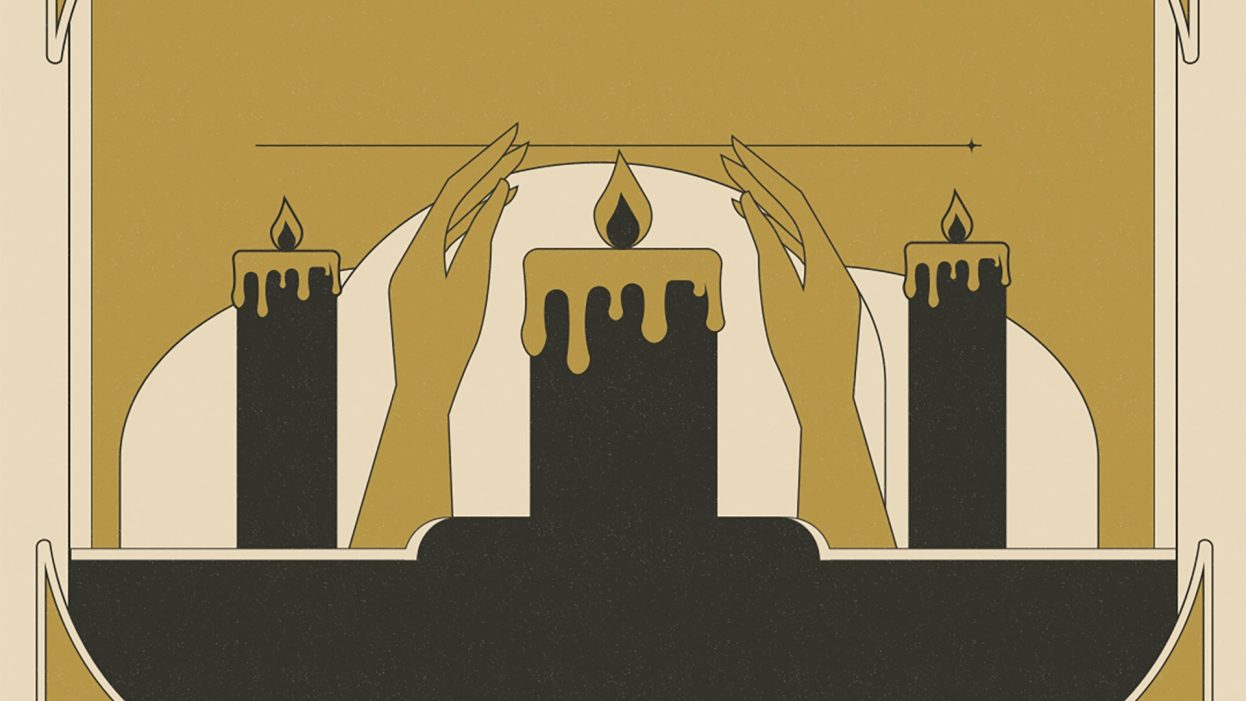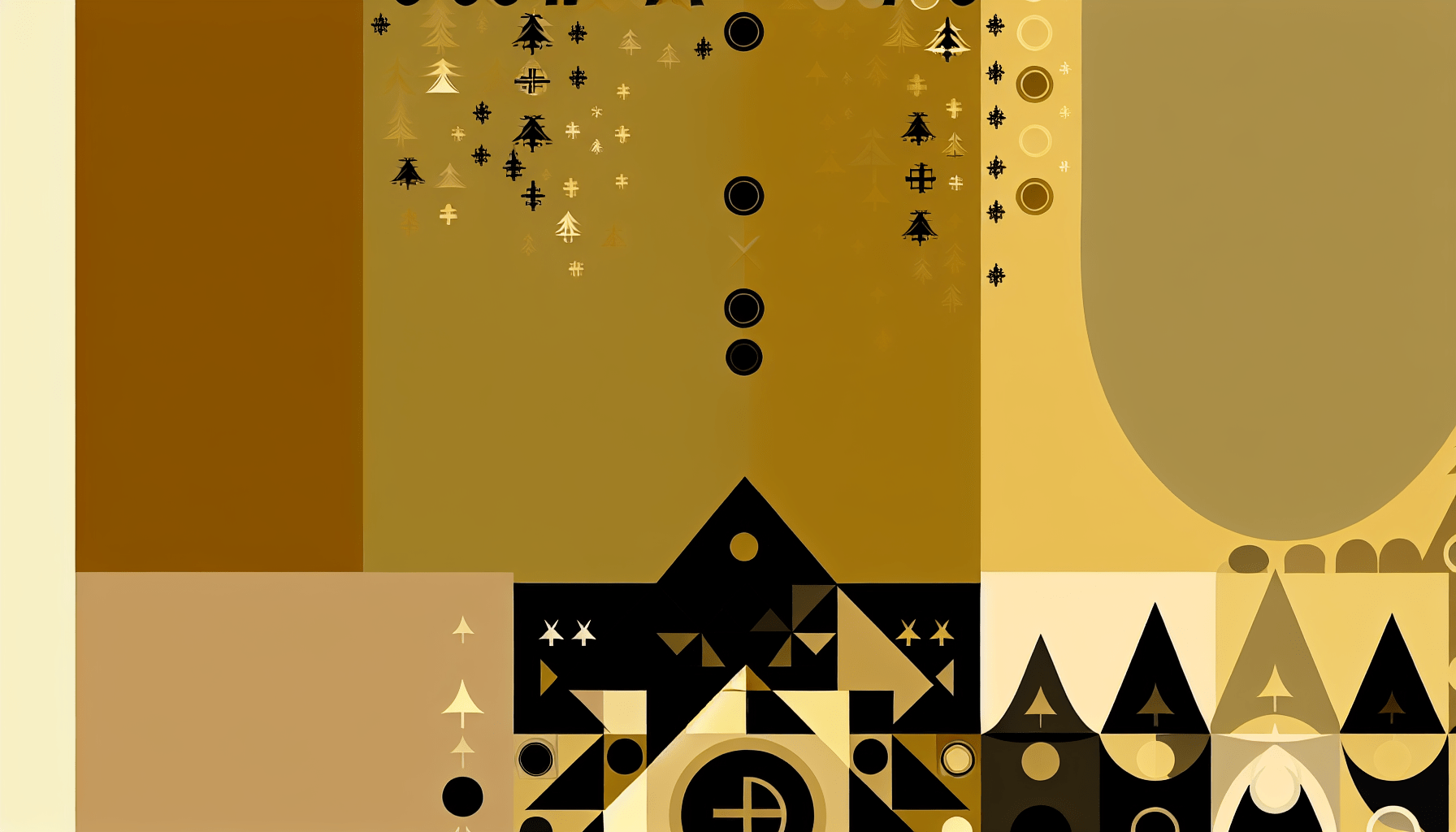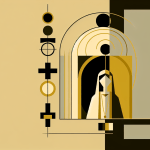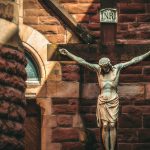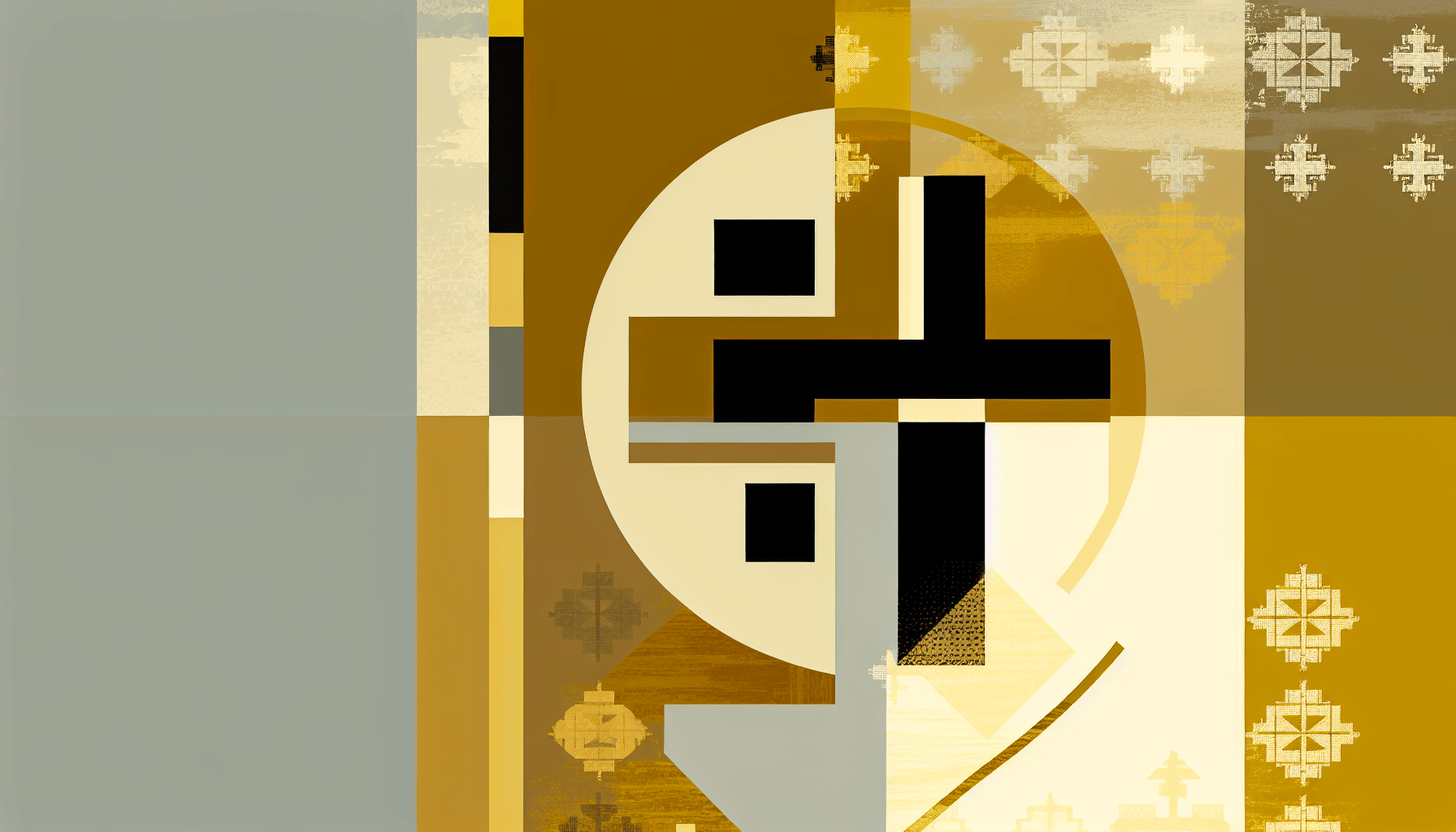Introduction:
Catholicism, with its deep-rooted history and global influence, has woven a rich tapestry of traditions and celebrations throughout the liturgical calendar. From the anticipation of Advent to the joyous festivities of Christmas, and from the solemn reflections of Lent to the triumphant celebration of Easter, each holiday and festival carries profound religious and cultural significance for millions of Catholics worldwide. In this extended exploration, we will delve into the diverse array of Catholic celebrations, shedding light on the rituals, historical contexts, and spiritual dimensions associated with each.
1. Advent: A Journey of Anticipation and Hope
The liturgical year commences with Advent, a four-week period of spiritual preparation leading up to the celebration of Christ’s birth at Christmas. Beyond the external decorations and festive ambiance, Advent serves as a time for introspection, prayer, and contemplation. Families and communities often engage in Advent wreath rituals, lighting candles symbolizing hope, peace, joy, and love each week.
2. Christmas: The Incarnation of Love
Christmas stands as the universal celebration of the birth of Jesus Christ. Catholic observances during this season extend beyond the traditional Midnight Mass, incorporating nativity scenes, caroling, and the exchange of gifts. These practices collectively emphasize the joy and significance of the Incarnation, where God became human to redeem humanity.
3. Epiphany: Unveiling the Divine Mystery
Epiphany, observed on January 6th, commemorates the revelation of Jesus Christ to the Gentiles through the visit of the Magi. This feast extends the Christmas celebration, and in various cultures, it is marked by the blessing of homes and the sharing of the “Three Kings Cake,” symbolizing the journey and gifts of the Magi.
4. Lent: A Season of Spiritual Discipline
Lent, spanning 40 days leading up to Easter, is a time of spiritual discipline, self-reflection, and repentance. Beginning with the imposition of ashes on Ash Wednesday, Catholics engage in fasting, prayer, and almsgiving as a means of preparing their hearts for the celebration of the Resurrection.
5. Holy Week: A Sacred Journey to Easter
Holy Week, the most sacred time in the Christian calendar, encompasses significant events such as Palm Sunday, recalling Jesus’ entry into Jerusalem. The observances of Maundy Thursday, commemorating the Last Supper, and Good Friday, reflecting on the crucifixion, invite Catholics to delve into the depths of their faith. These days culminate in the Easter Vigil, a solemn and joyous occasion celebrating the Resurrection.
6. Easter: Triumph Over Death
Easter, the pinnacle of the Christian faith, rejoices in the Resurrection of Jesus Christ. Easter Sunday Masses, festive meals, and the symbolism of Easter eggs all contribute to the jubilant atmosphere. The resurrection narrative serves as a powerful reminder of the victory of life over death and hope over despair.
7. Ascension and Pentecost: The Gift of the Holy Spirit
Ascension Thursday marks Jesus’ ascension into heaven, symbolizing his exaltation and glorification. Fifty days later, Pentecost celebrates the descent of the Holy Spirit upon the apostles, empowering them to spread the Gospel. These events underscore the Trinitarian nature of the Christian faith and the ongoing role of the Holy Spirit in guiding the Church.
8. Feast of the Assumption: Mary’s Glorious Departure
The Assumption of the Blessed Virgin Mary, celebrated on August 15th, signifies Mary’s bodily and spiritual entrance into heaven. This feast highlights the unique role of Mary in Catholic theology, as her assumption reflects the reverence accorded to the Mother of God.
9. All Saints’ Day and All Souls’ Day: Commemorating the Communion of Saints
All Saints’ Day, on November 1st, honors all saints, known and unknown, emphasizing the universal call to holiness. Followed by All Souls’ Day on November 2nd, this time serves as an occasion for Catholics to remember and pray for the souls of the departed, reinforcing the belief in the communion of saints.
Conclusion:
In navigating the intricate tapestry of Catholic holidays and festivals, believers find not only a framework for religious observance but a profound connection to the essence of their faith. These celebrations serve as bridges between the sacred and the secular, offering opportunities for believers to engage with their spirituality, express gratitude, and foster a sense of unity within the global Catholic community. Whether in the introspective practices of Lent or the exuberant celebrations of Easter, Catholic traditions continue to be a source of inspiration and spiritual growth for millions around the world.
